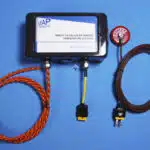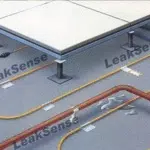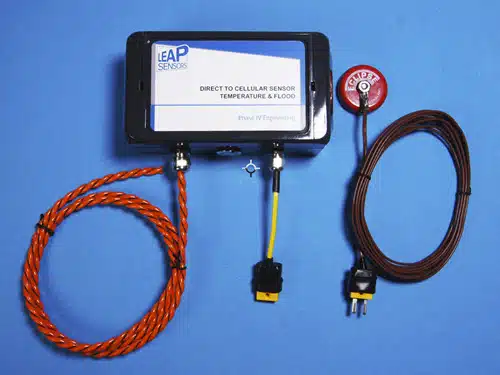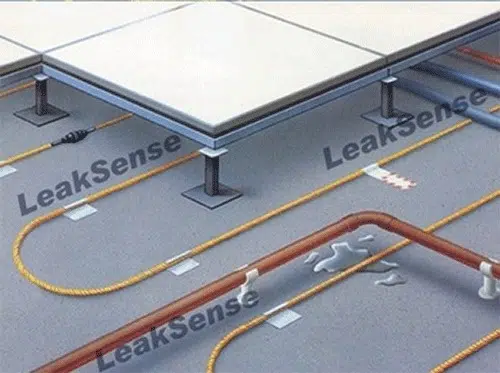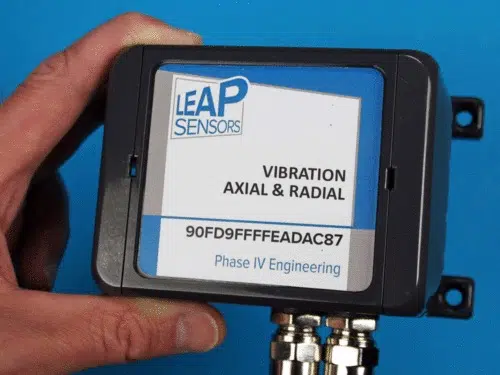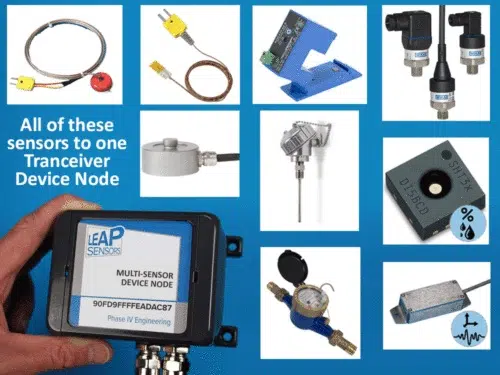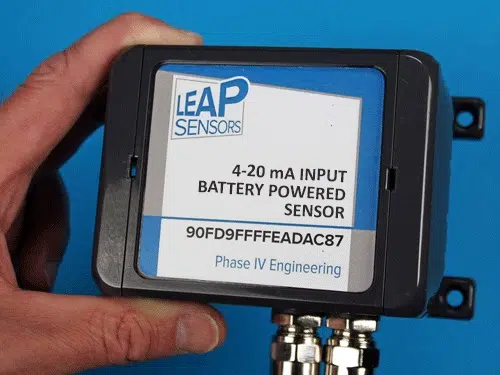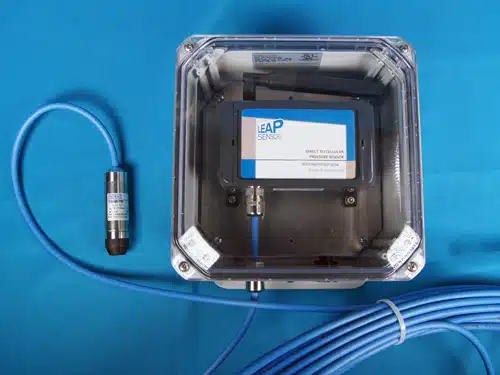This wireless sensor communicates via a cellular transmission for remote temperature & flood monitoring. The internal antenna keeps the transceiver node small and resistant to damage.
Sensor transceiver node combines standard mini k-type thermocouple connector for temperature sensing (wide temperature range) and a water sensor for flood detection.
No gateway required – ideal for remote locations where standard sensors won’t work. Sensor node transmits via cellular link directly to cloud-based user interface.
Receive alerts by email or text.
“Practically battery-free”™ – Long battery life (up to 10 years, depending on application & transmission interval).
Customize to your specific needs, including options to transmit only when designated thresholds are exceeded.
Part of the breakthrough Leap Sensors system.
Build your quote here:
